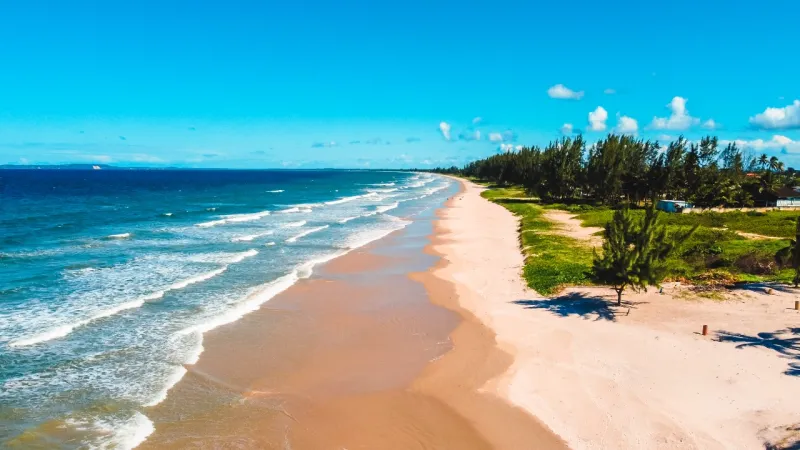Este post também está disponível em:
Português
English
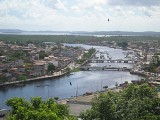
Valença is the largest city in the region called “Costa do Dendê” and which goes from Cairu to Valença itself.
Valença, a natural route to the trendy Morro de São Paulo, is a river port and an important commercial center that supplies Cairu. Camamu and other cities in the region.
Valença is the main starting point to visit Morro de São Paulo. Many people leave the car near the city pier and go by boat to Tinharé Island.
Another option is to go by road to the Guaibim mooring, 14 km from the Center, where boats leave for Morro.
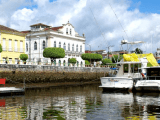
On Guaibim beach are the best inns in Valença. The best beaches, however, are Barra do Jiquiriçá and Ponta do Garcez.
Its streets and squares have buildings dating back to the 18th and 19th centuries. Those who walk through the town and observe the old houses have the impression of having gone back in time.
The town began to develop late and was only promoted to a village in 1789, when it received the name of Nova Valença.
It was the first city in Bahia to have an industry: the Todos os Santos Fabric Factory, inaugurated in 1844.
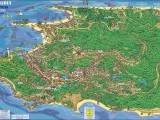
View the map of Costa do Dendê
Its inhabitants, together with those of Cachoeira and Santo Amaro, engaged in the War of Independence in 1823, which earned the town the title of “The Decided”.
It was in Valença that Lord Cochrane, hired by the Brazilian government to fight the Lusitanian squadron, docked his ships.
The city was also in evidence during World War II, when German submarines sank two Brazilian ships in its vicinity.
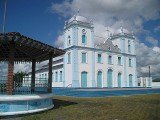
The rescued survivors were brought to Valença, where they received medical care, a fact that once again earned it a special denomination, this time “The Hospitable”, which prevails to this day, as the local population usually welcomes its visitors.
Currently, the economy of Valença is based on the production of cloves, pepper, coconut and palm oil; fishing; and the profitable breeding of shrimp in captivity. Its shipyards, still artisanal, retain 17th-century techniques.
One of them produced a replica of the ship Nina, one of Christopher Columbus’ vessels, used in Ridley Scott’s film 1492.
Tourism is being revitalized in the city, which has a good hotel park.
Watch the video about Valença in Bahia
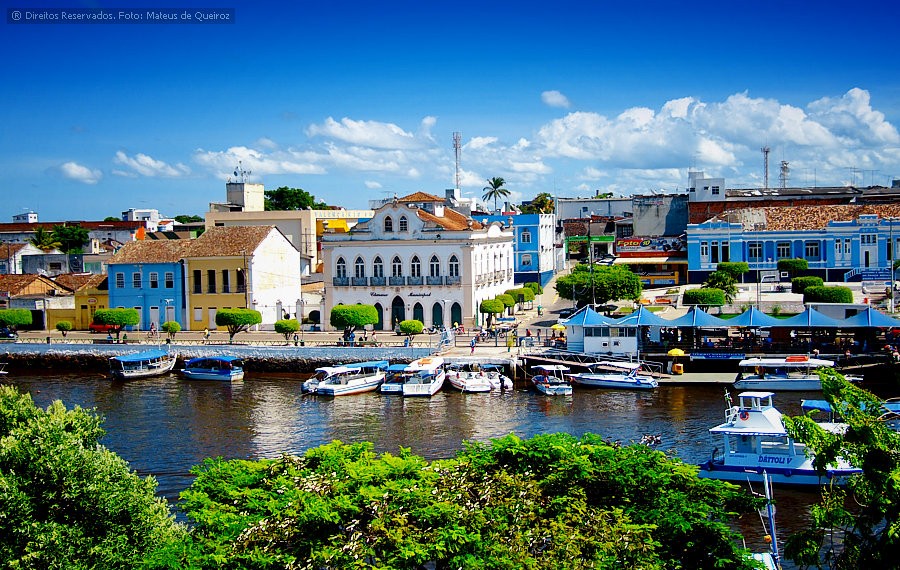
Tourist spots of Valença in Bahia
1. Igreja Nossa Senhora do Amparo
Those arriving by boat on the Una River can see the church at the top of the hill.
Its interior, lined with Portuguese tiles, has images and paintings from the 18th century and neoclassical altars in white and gold carvings.
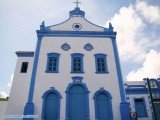
Our Lady of Amparo is the patron saint of workers: Church in her honor began to be built shortly after the installation of the textile factory.
2. Igreja Matriz do Sagrado Coração de Jesus
The neoclassical temple with precious images from the 18th and 19th centuries was completed in 1801.
3. City Council
The 1849 mansion was the residence of Comendador Sena Madureira, one of the owners of the Nossa Senhora do Amparo textile factory.
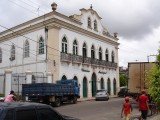
After his death, it was sold to the municipality. The successive renovations and restorations sought to preserve the lines of the building, which retains the original floors, the garden with a fountain and an old bench with a tiled back.
The property has portraits and furniture donated by the Sena Madureira family.
3. Forum
The 18th century building that was the residence of the Counselor of the Republic Zacarias de Góes e Vasconcelos, is now the seat of the Valença Forum.
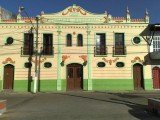
4. Municipal Theater
The wealth generated by the textile and fishing industries at the beginning of the 20th century required a cultural space compatible with this prosperity.
Thus, in 1910 the Municipal Theater was built, which is part of the set of historic buildings in Praça da República, still in operation today.
5. Ruins of the Fabric Factory
In imperial times, the Todos os Santos Fabric Factory, on the banks of the Una River, was the most important weaving factory in the country.
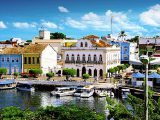
It was the first in Brazil to use hydraulic energy: the old water wheels that moved the machines were later replaced by hydroelectric turbines.
The factory even employed 300 workers, a high number for the time, but due to the market crisis of the late 19th century, it found itself on the verge of bankruptcy.
Incorporated by Fábrica de Tecidos Nossa Senhora do Amparo, it now operates under the name Valença Têxtil, at another address.
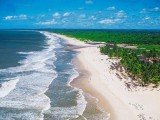
6. Sarapuí rapids
There are a total of seven rapids, a challenge for rafting practitioners. The largest of the waterfalls is Cachoeira da Andorinha.
7. Guaibim Beach
The village has 15 km of beaches.
In addition to all the cultural and historical richness, the municipality of Valença also has Guaibim beach, a tourist region known for the sea conducive to surfing due to the strong waves.
Bordered by coconut trees and remnants of native forests, the beach is 17 kilometers from the city center. Access can be made by car, through the BA-001.
Those who prefer can also take a bus on the edge of the municipality.
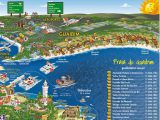
In the region of Guaibim, southbound, is still the “Praia do Curral”. The region is suitable for bathers seeking greater tranquility, but the characteristics of the sea are the same.
Some have tourist infrastructure, such as Guaibizinho, Guaibim and Taquary, while others, practically untouched, are preferred by those who want to walk along long strips of sand.
The village, which has an anchorage, attracts both water sports enthusiasts and visitors who just want to take a ride on a schooner. Guaibim hosts surfing championships.
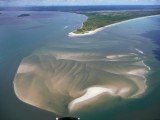
8. Ponta do Curral
On this beautiful deserted beach, where sea turtles lay their eggs, located in an APA, the first head of cattle landed in the country in 1557.
The existing corral gave rise to the name of the place. In the village of Guaibim, local guides provide “ecological transportation” (cart pulled by a tractor) to Ponta do Curral.
Bahia.ws is the largest travel and tourism guide for Bahia and Salvador.
